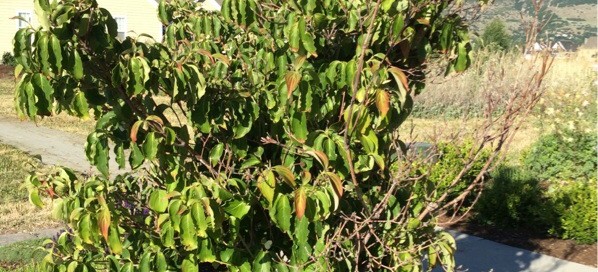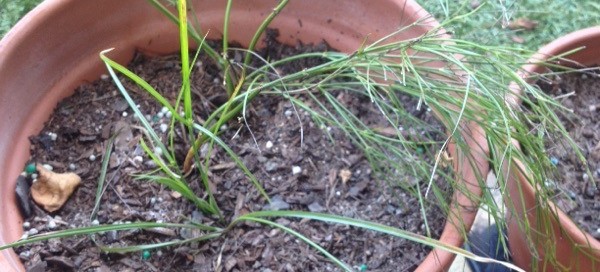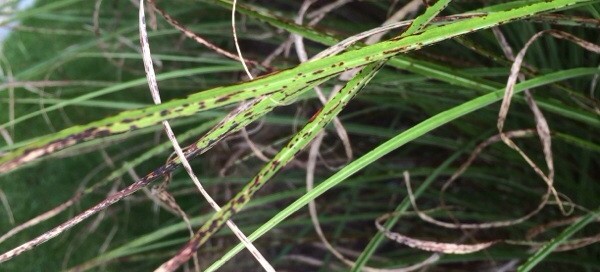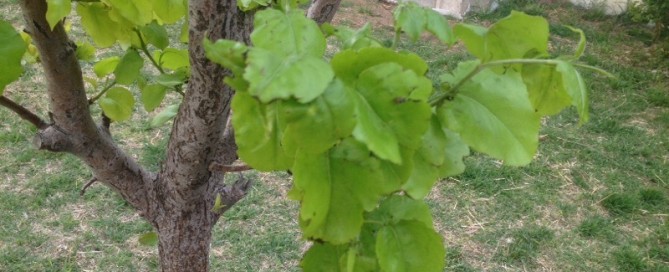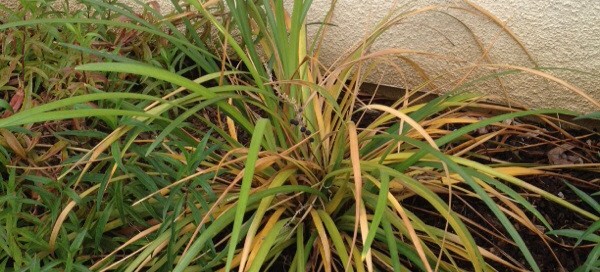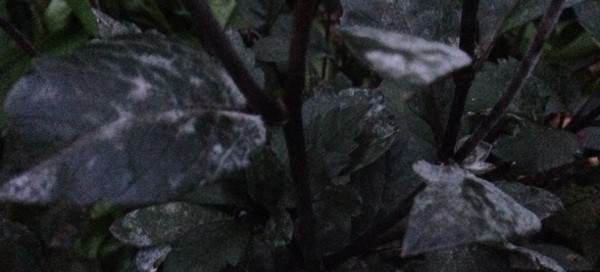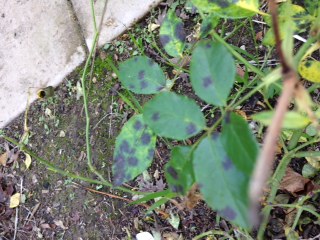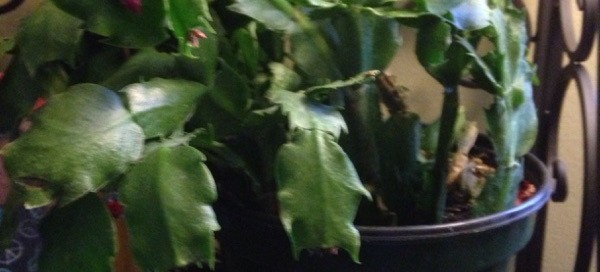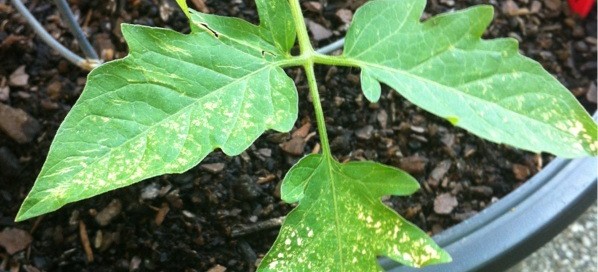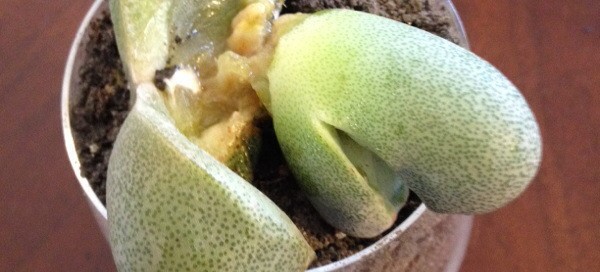Dogwood
Here are a couple of suggestions based on your tree's appearance and the challenge deciduous trees have their first years in a new location. First, the bare branches are indicative of winterkill which is often most pronounced on the side of the tree that faces the predominate winter winds. Winter watering is a must to minimize winterkill. However, newly planted trees are often susceptible since their root system is still getting established. They aren't able to take in water as fast as needed. You'll want to prune back the dead branches to live wood. Also, it appears to be in a drip system which is good, if it's getting the proper amount of water. Too much or too little will harm the tree. Often when a tree is struggling there can be more than one factor. Here's a great guide on general deciduous tree care that can help you with watering, pruning, fertilizing and general tree care. Although it's from a neighboring state, the growing conditions are the same - http://www.ext.colostate.edu/mg/gardennotes/635.html
